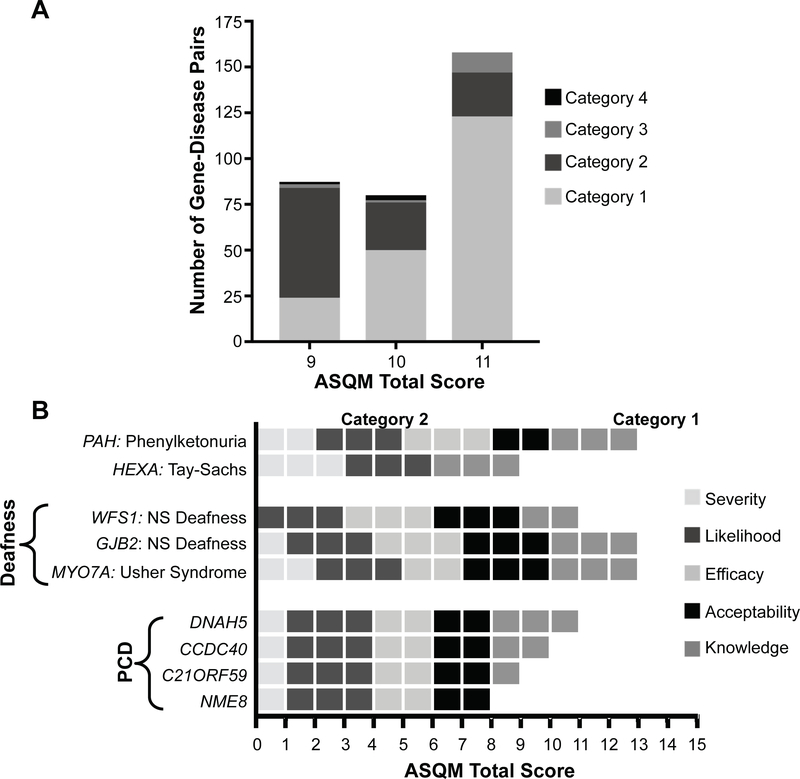Figure 2. Nuances of categorical designation and scoring rubric.
A.) Consensus categorization of gene-disease pairs scoring 9–11. After scoring conditions, the review committee identified that there was no single threshold that was adequate to delineate actionability among those gene-conditions having scores of 9, 10, or 11. For this reason, each gene-condition with childhood age of onset/intervention and score in this range was further discussed and a consensus decision among the committee was made regarding placement in category 1 or 2. As would be predicted, the majority of those with a score of 11 were assigned to Category 1 and the majority of those with a score of 9 were assigned to Category 2, illustrating that scores in this range reflect a grey zone that may not capture the entirety of the decision-making process. B.) Comparison of ASQM scores based on condition-specific rubrics. Each horizontal bar represents the total score for a gene-disease pair broken down into its scores for each ASQM criterion. This process can also be illustrated by the example of Primary Ciliary Dyskinesia (PCD) for which 35 genes have been published as causative. Specialty-area experts for clinical and molecular knowledge of PCD were consulted to develop our approach for scoring and categorization, and determined that presymptomatic intervention would be somewhat beneficial despite the paucity of evidence in the scientific literature. Although there is substantial locus heterogeneity for PCD, we considered the condition as a whole to have generally equivalent efficacy and acceptability of medical intervention regardless of the genetic cause, based on the highly similar clinical presentations. Therefore, scores varied most significantly in terms of the knowledge base establishing a particular gene as causative (Table 2). Genes associated with PCD for which the knowledge score was at least 1 received a total ASQM score ≥9. The decision was made for all of these gene-disease pairs to be placed in Category 1, acknowledging the potential for benefit through presymptomatic intervention.

